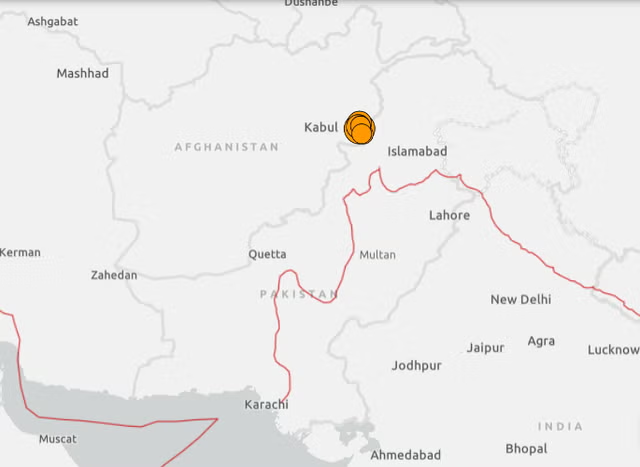Pakistan’s most populous province is on emergency footing as abnormally high monsoon rains and cross-border releases swell the Chenab, Ravi, and Sutlej. Officials confirm at least 33 deaths and displacement approaching two million in Punjab, with the NDMA warning of worsening conditions this week. PDMA reports say round-the-clock monitoring is underway, thousands sheltered across relief and medical camps, and mass livestock evacuation to safer grounds. The threat matrix includes extremely high flows at Balloki on the Ravi, a fast-rising Chenab wave toward Trimmu, and million-cusec projections at Panjnad by Sept 2–3—reviving memories of 2022’s catastrophic deluge.
Provincial authorities call it Punjab’s largest rescue and relief operation, with food, medicine, and transport mobilized at scale. The Indus Waters Commissioner has flagged high-flood risks at Harike and Ferozepur on the Sutlej, while the NDMA frames climate volatility as a national-security concern amid back-to-back hazard cycles—heatwaves, fires, storms, and now another monsoon surge. The operational priority is clear: protect life and livelihoods, secure embankments and barrages, and maintain rapid logistics for evacuation and camp services until full rehabilitation of flood-affected communities.














